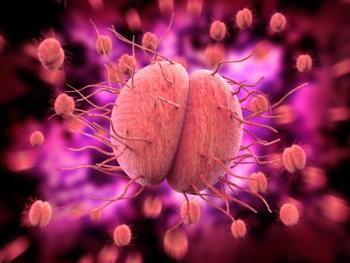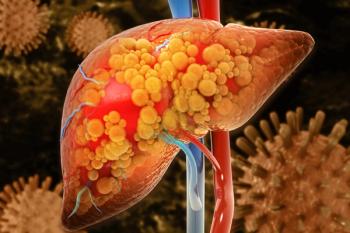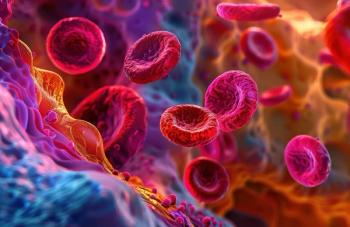
Ophthalmology Overview: Addressing Dry Eye in Sjogren Syndrome, Chronic Uveitis Treatment, and More
Highlighting the latest ophthalmology-related news reported across MJH Life Sciences™.
Highlighting the latest
Leveraging Autoantibodies to Improve Screening of Dry Eye in Sjogren Syndrome
Although Sjogren syndrome (SS) is an underdiagnosed autoimmune disease that can take years to diagnose, research findings presented at the annual meeting of the
As reported by
Emerging research has indicated that antibodies to salivary protein, parotid secretory protein, and carbonic anhydrase isoenzyme VI (CA-6) may be novel markers for SS that can be utilized to screen patients with dry eye for the condition. Screening may not be feasible for all patients due to the high prevalence of dry eye, noted Johnson, but she said that the autoantibodies could also help detect patients with SS with more severe disease.
Chronic Uveitis Treatment Offers Effective Long-term Option for Patients
In real-world study results examining the FDA-approved fluocinolone acetonide 0.18 mg intravitreal implant, sold as Yutiq, for treatment of chronic noninfectious uveitis, the therapeutic option was found to be effective over the long term in patients.
An article by
In conducting the largest study to date to assess the implant outside of a clinical trial, findings of the retrospective chart review showed that the therapeutic option is a convenient and effective adjunctive treatment for chronic uveitis. Investigators said they are continuing to study the short- and long-term efficacy, as well as adverse events associated with the therapy.
Topography-Guided Treatment for Irregular Corneas
In an article by
Supported by software to conduct the calculations, topography-guided treatments may provide a customized approach for eligible patients with irregular corneas, whose current standard of treatment through transepithelial phototherapeutic keratectomy, is often advised against by surgeons due to the lack of consistent outcomes.
Topography-guided treatments work by allowing restoration of the cornea, softening the irregularity of the cornea, and producing good refractive results, said researchers. Further explaining the procedure, it was cited to be short, but with a potentially uncomfortable postoperative recovery period in the first 2 days due to the removal of the epithelium.
Newsletter
Stay ahead of policy, cost, and value—subscribe to AJMC for expert insights at the intersection of clinical care and health economics.












































